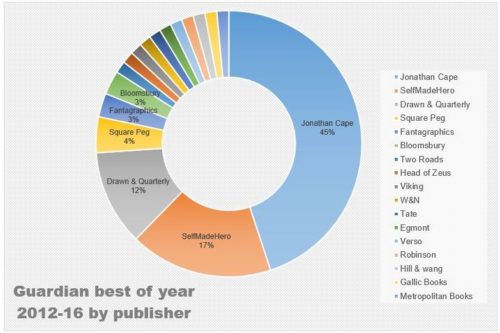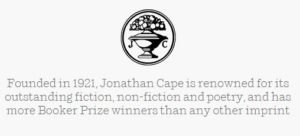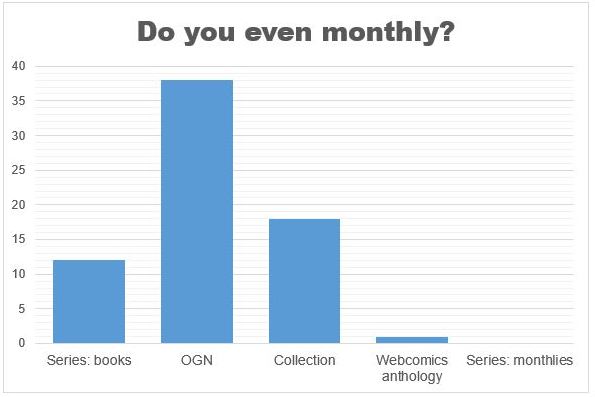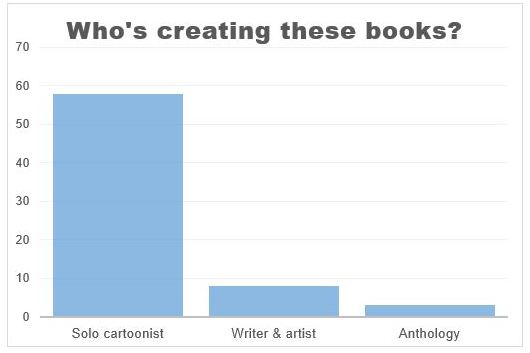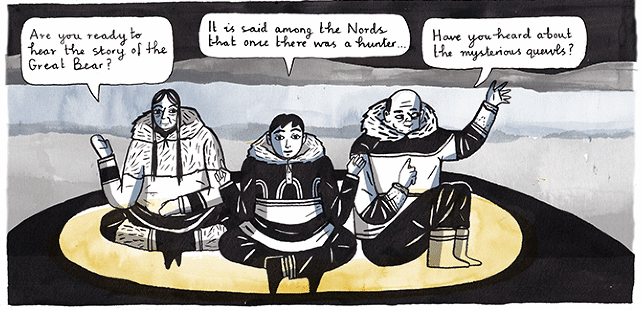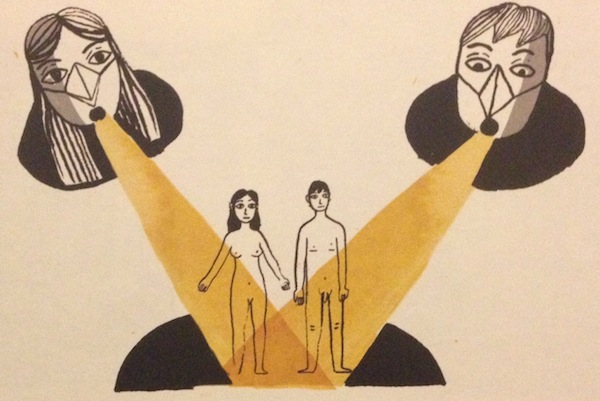For the last few years The Guardian has done a "best of the year" comics roundup. It's pretty good. Lots of sites do it. We do one too - it's practically a Christmas tradition.
Just as much of a tradition, however, is pointing and laughing at The Guardian's for being:
- basically just whatever Jonathan Cape published that year
- a little bit nose-in-the-air Worthy/joyless
This year's did not disappoint:
When I began writing about graphic novels a decade ago, I remember worrying slightly about the supply line: would I really be able to find a good one to review every month?
[but...] if there isn’t something to suit everyone on the bulging list that follows, I’ll eat my copy of Persepolis.
Uh huh...
Anchoring your readers on Persepolis, saying "Graphic Novels", authorizing yourself with the decade thing, and worrying that (in 2006, FFS) there weren't enough? There's a klaxon or two sounding there, a grasp for validity.
The list that follows is - of course - mostly from Serious Publisher Jonathan Cape.
But is our scepticism really fair? We did a budget data journalism to find out.
I say "data journalism" - it's more "twenty minutes of titting about in Excel". For the record, my analytical methodology was: quickly, with a glass of Valpolicella.
The spreadsheet's here, if you want it. You don't.
What comics get coverage?
Let's start with that publisher representation that's so easy to mock. Is it really all from Mr Cape's Emporium Of Authorised Tomes?
Not all, no, but heavily.
That distribution does make it look a little shabby, but I'm actually open to the idea that Jonathan cape might publish a disproportionate chunk of a year's comics worth reading. They have some amazing creators.
The omissions are where it starts to fall down. Over those last five years of roundups, the Guardian's best-of has:
- been ~45% Jonathan Cape
- strongly leaned to black & white solo cartoonist books
- suggested two webcomics, in print collection
- never, ever, featured a book from Image
- or Vertigo
- or Dark Horse
- or NoBrow
- or Avery Hill
- or First Second
- or Myriad
- or Cinebook
- or 2000 AD
- or ever even bothered to fucking mention manga
And then there's this:
(my hasty categorizations, "collection" should probably have been "print anthology". Blame the Valpolicella)
Again, in fairness, the monthly floppies may not be the most consistent home of quality. Comics culture is pretty toxic, and riddled with store-level gatekeeping. The distribution model is broken as all hell. But there's still some quality stuff hitting the shelves every month. Trees, Squirrel Girl, Harrow County, Paper Girls, Southern Bastards, After Death, no? That's just off the top of my head from this year.
Fine, sneer at the singles market. Could they not have grabbed a trade paperback from Foyles?
Incomplete is not the same as incorrect, but I guess I just find it a bit sad and lazy.
Perhaps they're cleaving to a very particular definition of Graphic Novel? We'll come to that, especially as you do get the odd collection when the authors are big-ticket worthy (Spiegelman, Pekar), or the publisher is Drawn & Quarterly.
Another rough breakdown:
Not a problem, per se, but also not really representative of the work being done at large.
What causes what? Well, if you're 45% Jonathan Cape, and have never even picked up a Marvel, DC, or Image book, that's probably about the expected distribution. Serious comics are the work of the lone auteur genius, after all...
Either Jonny C's PR department is relating publically harder than anyone ever did publically relate, or there's a filter operating here that's excluding a fuck of a lot of stuff.
Let's put this "Graphic Novels" bollocks to bed
Here, just read this, it puts it better than I will:
The Term 'Graphic Novel' Has Had A Good Run. We Don't Need It Anymore
Or take a pull quote:
it's a perfect time to retire terms like "graphic novel" and "sequential art," which piggyback on the language of other, wholly separate mediums. What's more, both terms have their roots in the need to dissemble and justify, thus both exude a sense of desperation, a gnawing hunger to be accepted.
Of course, papers have readers, and The Guardian's may not be ready yet for the C word. The gnawing hunger may be theirs. After all, surely dinner party ridicule will befall anyone seen advocating a book with pictures that doesn't also have the raw worthiness of being about a middle-aged man doing middle-aged man anxiety in fidgety black and white. From Jonathan Cape.
At the end of the day, The Graun's list is probably harmless, and I'd rather live in a world where Alison Bechdel gets heat and shelter. But I'd like it even more if that world had comics coverage that didn't feel lazily snooty and suspiciously narrow.
But Roger, aren't these books actually good?
Yep, absolutely. They're great. So are the reviews. It's good work about good work.
It's just not as broad as it could be. There's wonderful stuff that doesn't make it through. For example, Aama gets a mention in 2013, and it's fantastic (our review). So they're clearly not closed to Sci Fi, but then why not Trilium, or Space Dumplins, or any number of things.
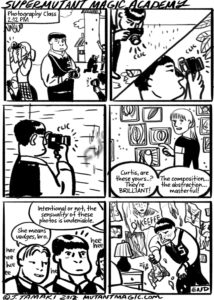 Kate Beaton's there, and so is Jillian Tamaki, so we're not averse to levity with depth. But then, where are the rest of the amazing webcomics?
Kate Beaton's there, and so is Jillian Tamaki, so we're not averse to levity with depth. But then, where are the rest of the amazing webcomics?
The art, too. So much amazing visual work never gets a mention.
Here's Slate's list for 2016. Some of the stuff is even the same, but it doesn't look like it needs a Booker Prize before its daddy will love it.
Given their stable of creators, no, Jonathan Cape's dominance of the Guardian list isn't surprising. But 45% twitches an eyebrow, and the omissions kick off a pronounced nervous shudder.
The kind reading is that rather than snobbery or churnalism, they're playing it safe for an assumed audience. That's a missed opportunity, and it's pretty patronising. Your Guardian-reading geek friend deserves better Christmas presents.
If, unkindly, they actually are lazily reading only what they're sent, then, oh, I don't know, can we have some range and get Zainab Akhtar to do it instead? Please?
@cawhitworth @RMH40 "How would I, twelve lines of javascript on an old ThinkPad in the Observer cupboard, find enough good ones to review?"
— Giles Lewis (@gileswl) December 5, 2016


